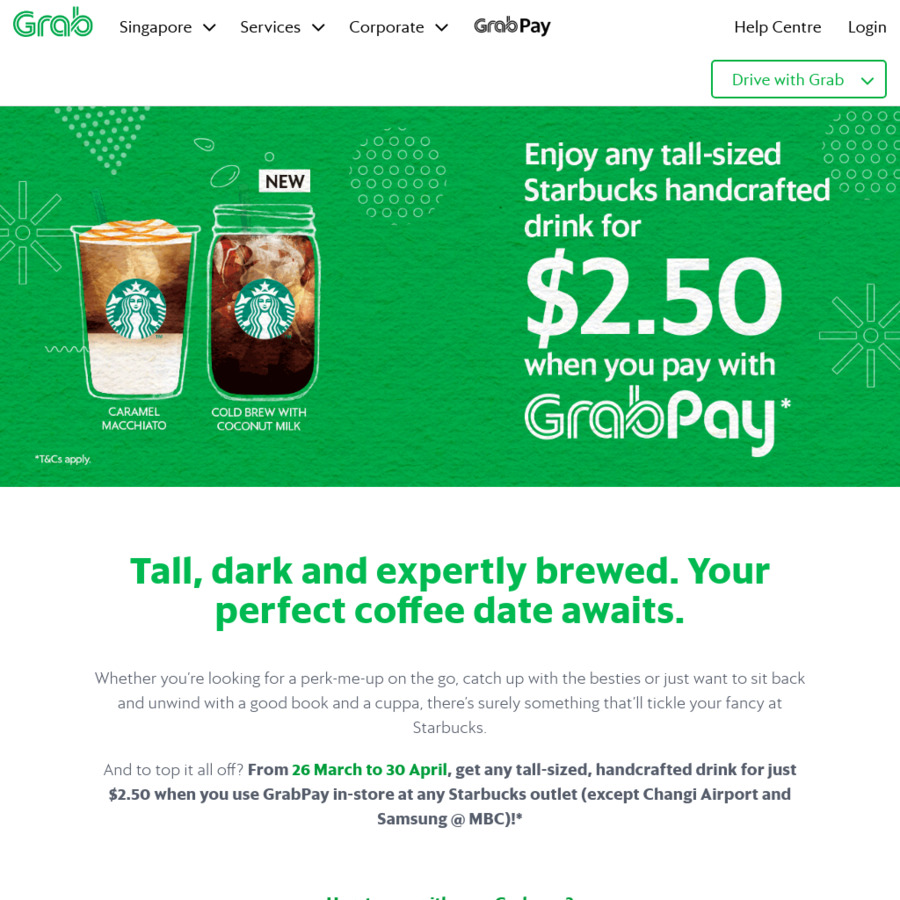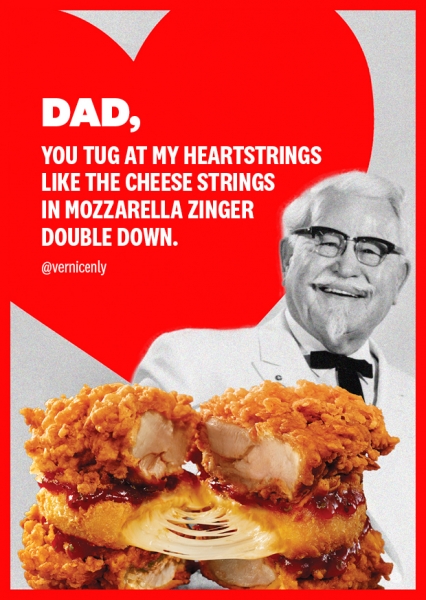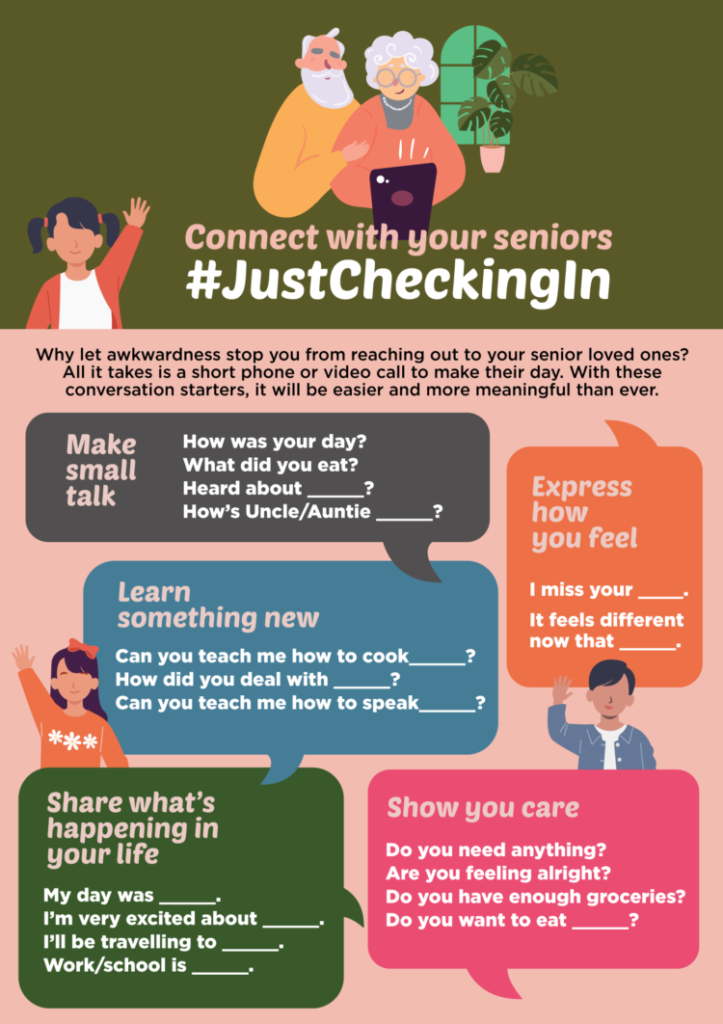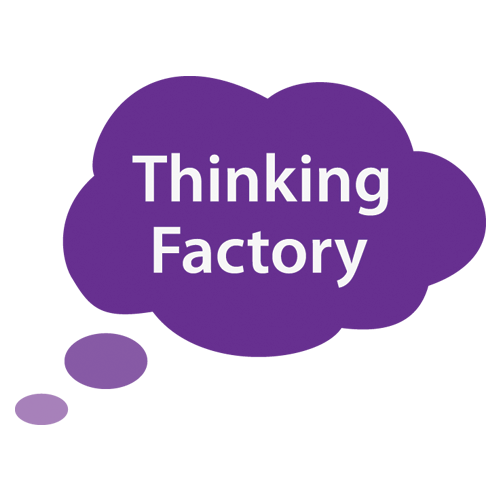In the previous post about the 4 common visual text question types, you were introduced to 2 common visual text question types: “Who is the target audience?” and “What is the purpose?”
These are important questions you need to ask yourself when you come across visual texts, an essential component in the ‘O’ level English paper.
Besides reaching a specific audience with a specific purpose, advertisers employ certain strategies to engage and persuade their audience to buy into their product or service. They do this via language and visual elements like images.When you are able to analyse language features and visual elements, you can understand why certain advertisements are so effective/persuasive and why some just fall flat.
In this post, we will discuss two other common Visual Text question types using visual texts produced by food and delivery companies (probably one of the hottest industries now!).
Two other common Visual Text question types
Question type 3:
What are the language features used and what purposes do they serve?
How is language used to capture readers’ attention?
Question type 4:
How does the image support the message/statement?
Describe how the image illustrates certain words/phrases (in a headline, sentence).
Common visual text questions example 1
Study the poster belowand see how question type 3 is answered.

(Source: GRAB)
What are the language features used and what purposes do they serve? [2 marks]
This question focuses on the various sentences in the advertisement. I will highlight two of them as illustrations.
“Enjoy any tall-sized Starbucks handcrafted drink for $2.50 when you pay with GrabPay.”
Advertisers commonly use action verbs (at the start of sentences) to call their audience into action and in this case, Grab is calling them to “Enjoy” a drink from Starbucks if they use its e-payment service (“GrabPay”). This is what we call an “imperative” (i.e. a word that commands or calls readers to a certain action).
Answer:
Imperative.This impels readers to pay with GrabPay so as to enjoy a tall-sized Starbucks handcrafted drink at a (discounted) price of $2.50.
*Note that you need to use the exact technical terms in bold.
*Not acceptable:
Language feature — Action/Commanding verb. (technical term not used)
Purpose — This impels the reader to pay with GrabPay. (incomplete)
Purpose — This impels the reader to take action. (vague)
“Tall, dark and expertly brewed. Your perfect coffee date awaits.”
This is an interesting example with two language features embedded. Firstly, do you notice how the drink is described? “Tall, dark, hands-” Well, not quite. But it does make you think of a person, perhaps a male with these desirable traits. The following sentence confirms your instincts when you see the phrase “coffee date”, which does portray the drink as a potential suitor. This is a technique which you might be familiar with called “personification”.
Another technique is the use of the personal pronoun, “Your”, that gives readers the impression that the “coffee date” belongs to them. It draws the reader in, making him/her feel personally involved.
Answer:
Personification (“coffee date”).[1] This provides readers with a visual image of their perfect coffee date which they can enjoy with their purchase, thus creating a lasting impression. [1]
*Not acceptable:
Purpose — This enables readers to imagine the Starbucks drink as a person (incomplete, does not explain the effect of visualising the drink as a person).
OR
Personal pronoun (“Your”). [1] This engages readers directly in visualising their perfect coffee date with their purchase of the drink. [1]
Not acceptable:
Purpose — This makes readers feel personally involved. (does not specify what they are involved in)
Do you see how these two language techniques(personification and personal pronoun) work hand in hand to help readers imagine an experience they can enjoy simply by purchasing a drink (through using GrabPay)? Use techniques like these cleverly and watch your words do wonders!
Common visual text questions example 2
Study the poster below and see how question type 4 is answered.

(Source: KFC)
How does the image support the message/statement? [2 marks]
Visual elements like images are commonly used to complement statements made in the advertisement. Pairing words and images can really pack a punch as this KFC ad shows. It may be a tad cheesy (pun not intended), but that is what makes it stick (pun again not intended).This question requires you to explain how an image supports a statement and makes it more convincing.
Do you see the cheese filling stretched apartas this mozzarella zinger double down burger is split open?With cheese being the distinctive offering in this burger (as suggested by its name), the words “cheese strings” and the image of the “stringy cheese” must make the power pair.
Answer:
The image shows the cheese filling being stretched apart and looking like strings, [1] which supports the phrase “cheese strings” in the statement. [1]
*Not acceptable:
The image shows cheese being stretched apart which supports the phrase “cheese strings”. (incomplete, as “stretched” does not necessarily imply “strings”)
Did you know?
The advertisers did not just stop at making that parallel but went further to relate “strings” to the concept of “heartstrings” which gives the advertisement an emotional touch. It has seized the special occasion of Father’s Day to make a fried chicken and cheese burgerrelevant to a universally celebrated event. Recalling our previous two common question types about target audience and purpose, this KFC ad is clearly meant to reach families (at least, fathers and their children) and persuade them to try this burger at KFC in celebration of Father’s Day.
Answers to Common visual text questions exercise part 1
Now, let’s address the questions from the exercise given in the 4 common visual text question types part 1

(Source: Health Hub)
1. Who is the target audience?
If you look at the pronouns like ‘you’ and ‘your’ (e.g. “your senior loved ones”), you will know that this poster is targeted at grandchildren and adult children. But if you notice the pictures of the people featured (young children), the more likely audience is grandchildren.
Next, you will need to specify whether it is a particular group of grandchildren. Observe the first sentence, “Why let awkwardness stop you from reaching out…?”. This is likely to grab the attention of those who are unsure, uncomfortable or apprehensive about approaching their elderly loved ones.
Answer:
Grandchildren who are uncomfortable about reaching out to their elderly loved ones/ grandparents.
*Not acceptable:
Grandchildren (incomplete, not specific)
2. What is the purpose?
You probably notice that the poster presents tips/conversation starters on reaching out to elderly loved ones, in hopes of encouraging grandchildren to connect with them.
Answer:
To encourage / persuade / enthuse grandchildren to connect with their grandparents (and show concern for their well-being)
*Not acceptable:
To get / educate grandchildren to connect with their grandparents. (vague use of verb ‘get’, weak/inaccurate use of ‘educate’ —it’s more than that)
Pop question: What is the dominant/main language feature used in this poster? (Hint: It is used throughout and repeatedly in the poster.)
Now that we have discussed all 4 common visual text question types, the next step is for you to practise them on other visual texts that you come across. Note that these are not the only ones that will appear in your English paper, but these are certainly good starting points that help you understand the visual text better. Come across other types of questions that you want to know how to answer? Send them our way!
Check the other articles from this section
- How to tackle the 4 common visual text question types (Part 1)
- Secondary English Paper 2 components: Diagnosing your strengths and weaknesses
- Changes in Paper 2 Visual Text component
- Summary Writing: 6 useful Tips to Make Your Point Concise & Save Word Space
- Secondary 2 English: How to identify points in summary
- Secondary 1 Visual Text Analysis
Don’t Miss Any Future Post!
2024 Bukit Timah Branch Secondary English Tuition Timetable
| Level | Class Type | Day | Time |
|---|---|---|---|
| S1 | All Components Class | SAT | 5 pm to 7 pm |

